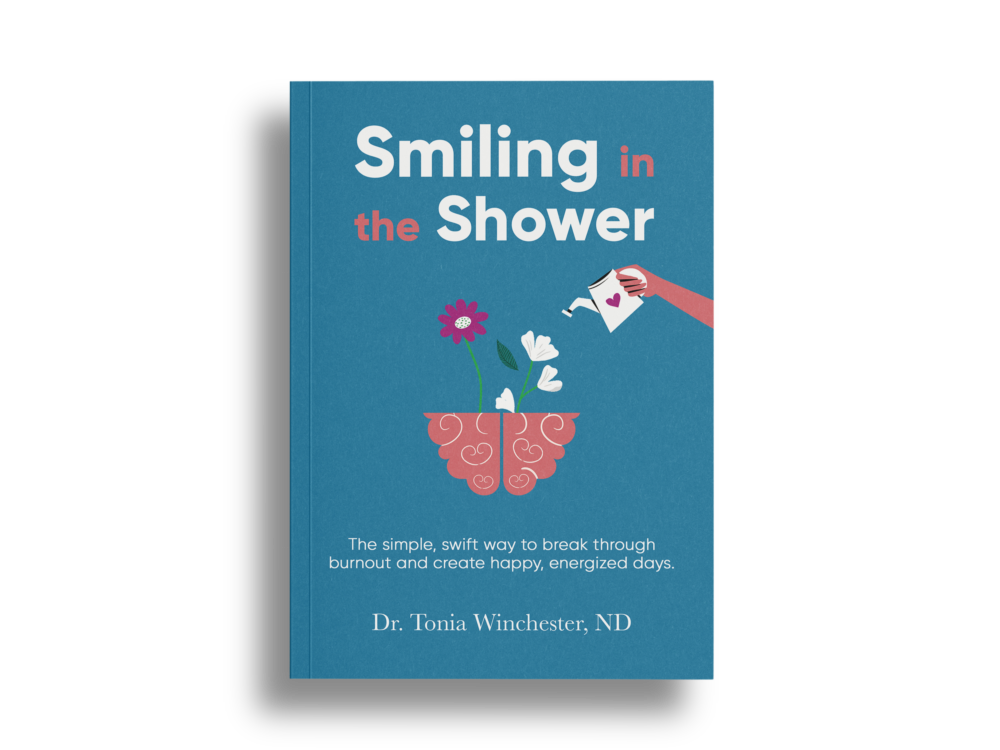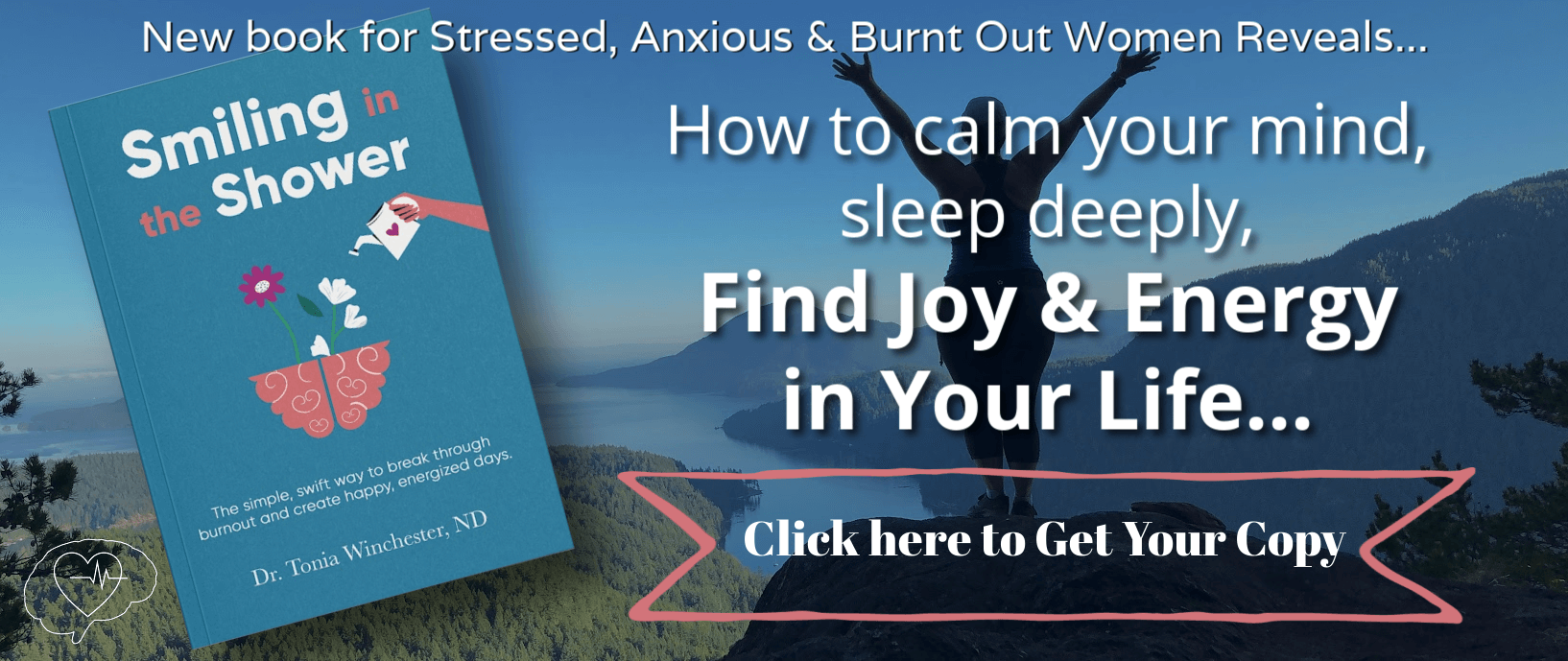 After fatigue, anxiety is the 2nd most common symptom my patients report to me in my naturopathic practice.
After fatigue, anxiety is the 2nd most common symptom my patients report to me in my naturopathic practice.
Why is this so common lately?
We worry about money. About work. We stress over the most minute aspects of our lives. What to make for supper. What to wear. Of course there are larger worries: what if something happens to me or my loved ones?
And while some of these concerns are valid (especially that last one), I still believe we spend far too much energy and time worrying about them. So much that it negatively affects our personal and professional lives, and the health of our bodies and minds.
Two Opposing States
Lets start with a physiology lesson / reminder. There are essentially two states of the nervous system:
1. Parasympathetic
This the calm state. We also call it the rest, digest, sex, heal state, because here we do all these functions that are essential for living a thriving, delightful life.
2. Sympathetic
This is the vigilant, alert, stressed state. We also call it the flight, flight, faint or freeze state, because it primes us to escape threatening situations. This is not about thriving. It’s all about survival.
Anxiety is the new saber tooth tiger (Tweet it!)
Centuries ago when our human ancestors roamed the earth, they spent most of their time with their parasympathetic nervous systems turned on. They contentedly spent their time gathering herbs and foods, eating, digesting, reproducing and sleeping.
Our ancient relatives spent very little time with their sympathetic nervous systems revved up. These would only get turned on if they encountered a beast, natural disaster or other stressor.
Now a days things are have been flipped all funky. We spend the majority of our time in fight or flight mode, and very little in our rest and digest mode.
Modern beasts are everywhere. They are the traffic jams, the nasty bosses, the ungrateful jerk who butted in line in the grocery store, the catty office mates, the deadlines, the drama, the rivalry, the… you get the idea.
These stressors turn on the sympathetic nervous system, in the same way that they used to, but the difference is that these days most stressors aren’t life threatening.
So we’re all ramped up and on high alert even though when it really comes down to it, we’re relatively safe.
Anxiety is misplaced stress
We’re worrying all the time. About everything. I generally think the human body is the most amazing machine, but I do see one flaw in our design.
Our bodies don’t have a graded stress response. They can’t tell the difference between a little daily worry about colour coordination or walking down a dark alley in a shady part of town. There is no minor response. Just one response. On or off. Threat or no threat? Prepare to fight or flee or no worries, put your feet up and digest your roast beast. It’s like a light switch. This used to be an advantage. But now… it’s the opposite.
Anxiety is when the light switch is turned on most of the time. To keep us safe, our brains are constantly making and storing connections based on its experiences. Say someone was physically abused with a dish rag. Even though it’s not happening any more, if the person smells the same dish soap, it may retrigger the stress response. Or it could be feeling a similar fabric. The body thinks, “This used to be dangerous, it likely still is.” Just as the body can’t discern the size of a stressor, it can’t discern what is in the past, what is a projected future worry or what is real or imagined.
We’re missing physical discharge
It’s not what you think. The purpose of the stress response is to prep the body for a fight or an escape plan. The result is the person exerts an intense amount of physical energy for a short period of time while they fight or run for their life.
After the exertion the brain and body debrief, “Well that was a close one! I loved how you deeked him out and punched him where it counts. Good thing that is over now. Lets switch out of this sympathetic mode and back into rest and digest mode so we can heal from that ordeal.”
And guess what we don’t do now? We rarely connect with that physical release. It’s the natural off switch. We get worried and we sit and worry about it. We get criticized and we sit and we take it. We get hit by a car and we stand and exchange information.
Without the physical response the body doesn’t believe that the stress is over. And so it continues. On and on.
What to do with worry
1. Intense sprint-like exercise
Regular exercise is a great way to prevent anxiety, but in the heat of the moment when you’re really feeling anxious try spending about 60-120 seconds doing maximum effort activity. Run up and down stairs. Do a bunch of full out squats or push-ups. Go nuts with jumping jacks. Anything. Just make it intense, quick, and push as hard as you can.
2. Deep abdominal breathing
This is also a great anxiety prevention technique but can also be used acutely (after the sprint-like exercise). Focus on breathing, as fully as you can, into your belly so it moves out when you breath in. The good thing is once you’ve sprinted your body will naturally be breathing into the belly. Continue the breathing technique as you allow your heart rate return to normal. You’ll be able to slow down the rate of your breathing as your body shifts out of stress mode. You can even tell yourself, “I’m safe. I’m free from danger here and now.”
Try this now. Spend sixty seconds doing something physical as hard as you can. You can even imagine that you’re being chased by a saber-tooth beast. What do you notice? Comment below.
Now you have a simple and effective tool the next time your feeling anxious or stressed.
Here’s to your thriving (not just surviving), delightful life,
Dr. Tonia
PS: Be sure to sign up below. You’ll get access to the Weekly Tonic newsletter and goodies that I only share with the superstars on my list.
PPS: Share this. The world needs less anxious folks, don’t ya think?








